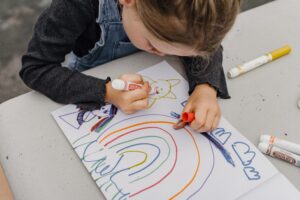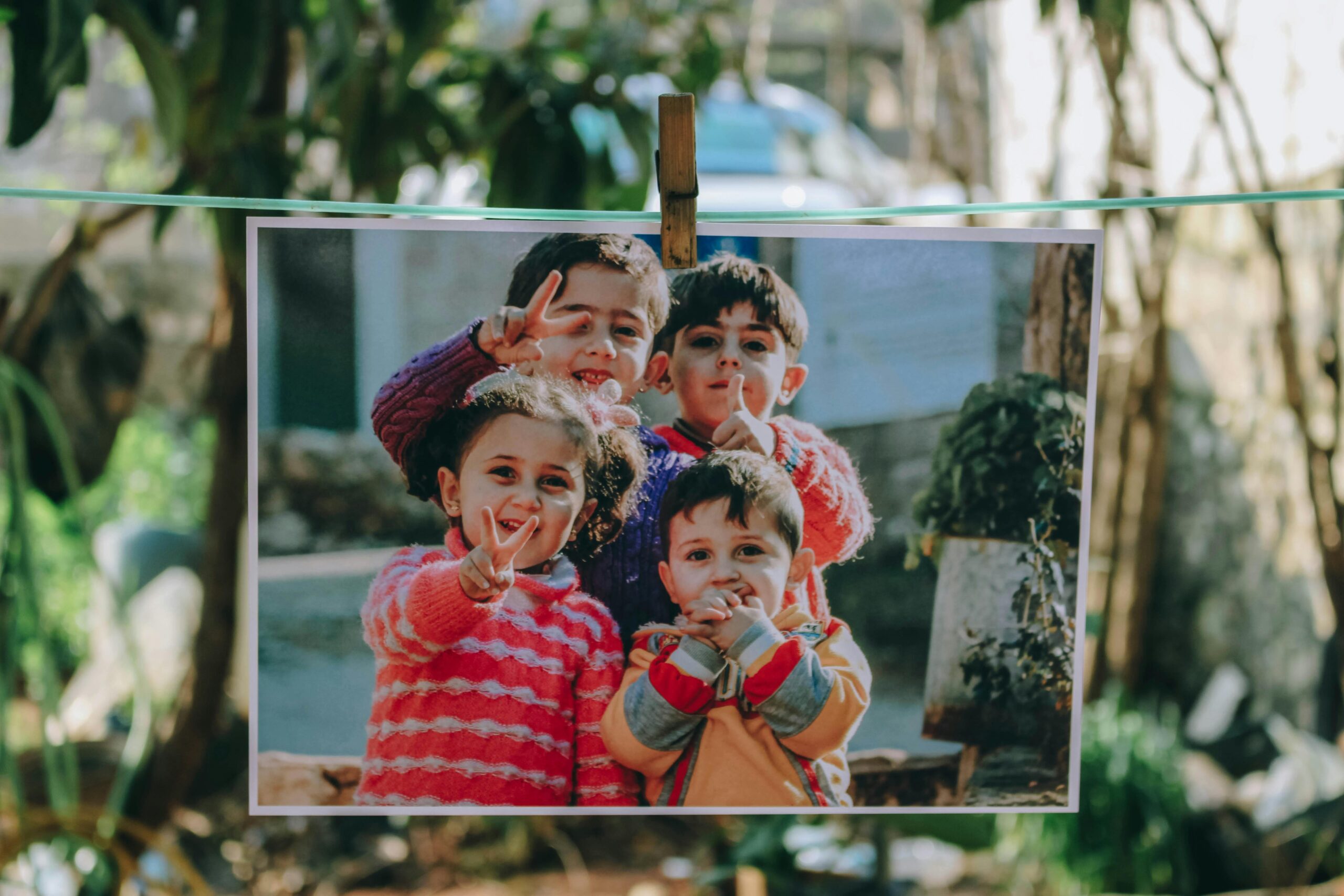Introduction
In today’s fast-paced world—filled with screens, noise, and constant distractions—helping children stay focused is a growing challenge for parents and educators alike. That’s why learning how colouring improves focus in kids has never been more important. What may seem like a simple, quiet activity is actually a powerful tool for nurturing concentration, creativity, and emotional well-being.
Colouring encourages young minds to slow down, make intentional choices, and remain present—skills that are essential for both learning and personal growth. From building patience to easing anxiety, it creates a calm space where children can truly engage with what they’re doing.
As we explore how colouring improves focus in kids, you’ll see how this timeless activity offers much more than just fun. It lays the groundwork for deeper thinking, improved behaviour, and a stronger foundation for academic and emotional success.

How Colouring Improves Focus in Kids: A Thoughtful Exploration
Colouring has long been seen as a simple, enjoyable activity for children. But behind the crayons and colouring books lies something deeper: a powerful tool that helps children improve their focus and attention.
In today’s world—where screens, noise, and distractions are everywhere—colouring offers a peaceful, engaging way to support children’s mental growth. Let’s explore how this timeless activity enhances focus, nurtures creativity, and supports emotional and cognitive development.
How colouring improves focus in kids begins with its ability to gently train the mind to concentrate on one task at a time. As children choose colours, stay within lines, and complete a picture, they’re practising sustained attention and decision-making—skills that are essential in both the classroom and everyday life. Unlike many fast-paced digital games or videos, colouring requires children to slow down, observe details, and stay mentally engaged over a longer period. This helps build the mental stamina they need for tasks like reading, writing, and problem-solving.
Another way how colouring improves focus in kids is by reducing internal distractions. When children are emotionally overwhelmed or overstimulated, colouring provides a calming structure that grounds their thoughts. The repetitive motion of filling in shapes and the sensory experience of holding crayons or pencils naturally draws their attention to the present moment. This mindfulness-like effect helps regulate their emotions, clear mental clutter, and redirect their energy toward something positive and productive.
Moreover, how colouring improves focus in kids isn’t limited to just quiet time—it also lays the foundation for lifelong habits of patience, goal-setting, and perseverance. Completing a page gives children a sense of achievement, reinforcing the idea that staying focused leads to meaningful results.
Colouring, though simple, carries lasting impact.
Focus and Attention Through Repetition
Colouring teaches kids to concentrate on one task at a time. Whether it’s staying inside the lines or carefully choosing colours, this repeated practice strengthens the prefrontal cortex—the part of the brain responsible for focus, decision-making, and self-control.
It also promotes patience and persistence. When children work on a detailed colouring page, they’re learning to slow down, ignore distractions, and finish what they start—skills that transfer naturally into schoolwork and daily life.
Many adults and teachers notice how colouring has a calming, meditative effect on children. As they focus on filling in shapes, their breathing slows and their mind enters a more peaceful state—much like mindfulness.
For children with anxiety, hyperactivity, or over-stimulation, colouring provides a safe space for emotional release. It helps them feel grounded, cantered, and better able to manage their emotions, even in overwhelming environments. This quiet activity gives them a healthy outlet to express inner feelings, restore balance, and regain a sense of emotional control—all while simply enjoying the colours on the page.
Boosting Cognitive and Motor Skills Together
Colouring builds more than creativity—it builds the brain. It strengthens:
-
Fine motor skills (holding crayons, colouring within lines)
-
Visual-spatial skills (recognising shapes and spaces)
-
Executive function (planning, sequencing, and memory)
These skills lay the groundwork for reading, writing, and maths—core areas of early education.
-
Offer variety: Include crayons, coloured pencils, markers, and watercolour sets to keep it exciting.
-
Focus on the process: Encourage effort over perfection.
-
Use colouring as downtime: Perfect for after school, before bed, or during transitions.
-
Celebrate their work: Create a gallery wall or art book to show progress.
Final Thoughts
Coloring may look simple, but it’s a powerful developmental tool. It supports focus, creativity, calmness, emotional health, and academic readiness—all through the joyful and engaging act of colouring that children genuinely enjoy. When we understand how colouring improves focus in kids, we begin to see it as more than just a fun pastime—it becomes a purposeful part of their growth.
In a world of fast-moving screens and constant noise, a box of crayons and a blank page offer a quiet moment to breathe, think, and grow—with benefits that go far beyond the page and into everyday life. By embracing how colouring improves focus in kids, we give them a mindful habit that builds concentration, confidence, and emotional resilience.

